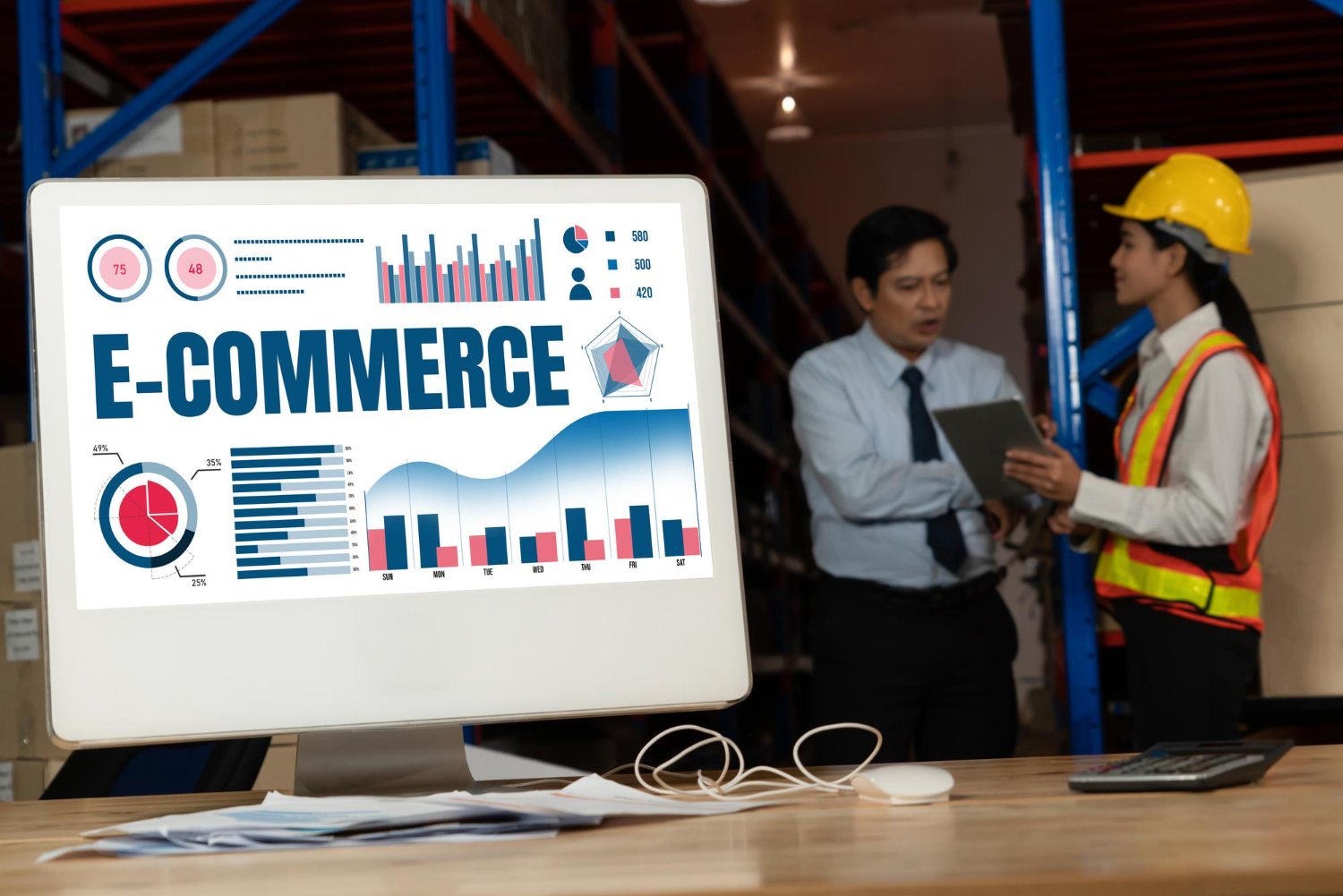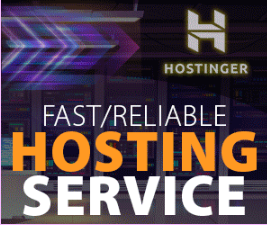Is your WooCommerce store running a bit sluggish? With today’s fast-paced online shopping world, slow loading speeds can lead to abandoned carts and lost customers. But don’t worry! Optimizing your WooCommerce store can dramatically boost its performance and user experience. Here’s a fun and easy guide to help you get your WooCommerce store running at lightning speed! ⚡
Table of Contents
Toggle1. Choose a Fast WooCommerce-Compatible Theme 🎨
Your store’s theme plays a huge role in its speed. If you’re using a theme that’s overloaded with unnecessary features, it could be slowing things down.
- Tip: Opt for a lightweight, WooCommerce-optimized theme like Astra or GeneratePress to improve performance instantly.
2. Optimize Your Images 🖼️
Large, unoptimized images are one of the biggest culprits behind slow-loading pages. Ensure your images are compressed without losing quality.
- Tip: Use tools like Smush or Imagify to compress images automatically.
- Choose the WebP image format for better speed and quality balance.
3. Use a Content Delivery Network (CDN) 🌍
A CDN helps deliver your website’s content from servers closer to your customers, speeding up load times.
- Tip: Platforms like Cloudflare or StackPath can help you set up a CDN easily.
- A CDN is especially useful if you have international traffic.
4. Enable Caching for Faster Loading ⚡
Caching creates a static version of your website, reducing the server load and improving page load times.
- Tip: Install a caching plugin like WP Rocket or W3 Total Cache to enable caching.
- Make sure to clear your cache regularly to avoid outdated content.
5. Optimize Your Database 🗃️
WooCommerce stores accumulate a lot of data over time, including customer orders, reviews, and inventory updates. This data can slow down your site if not properly managed.
- Tip: Use plugins like WP-Optimize to clean up your database by removing old revisions, spam comments, and transient data.
6. Limit Plugin Usage 🛠️
While plugins add great functionality to your store, too many can bog down your site’s performance.
- Tip: Deactivate and delete plugins you don’t use.
- Opt for multipurpose plugins that can handle several tasks instead of installing many single-purpose ones.
7. Upgrade Your Hosting Provider 💻
The quality of your hosting provider can make or break your website’s speed. If you’re on shared hosting, consider upgrading to a VPS (Virtual Private Server) or a managed WooCommerce hosting plan for faster speeds.
- Tip: Hosting platforms like SiteGround, Kinsta, and WP Engine are known for WooCommerce-optimized performance.
8. Use Lazy Loading for Images and Videos 🎬
Lazy loading means that images and videos only load when they come into view. This reduces the initial load time of your website and improves overall performance.
- Tip: Use the Lazy Load plugin for WordPress to enable lazy loading for media on your store.
9. Minimize CSS, JavaScript, and HTML 🧩
By minimizing your site’s CSS, JavaScript, and HTML files, you can reduce file sizes and improve page load speeds.
- Tip: Use plugins like Autoptimize or WP Rocket to automate the minification process.
10. Monitor Your Performance Regularly 📊
Optimizing your WooCommerce store isn’t a one-time task. Regular monitoring helps you spot issues early and keep your store running smoothly.
- Tip: Use tools like Google PageSpeed Insights or GTmetrix to track your website’s speed and get optimization suggestions.
Conclusion: Supercharge Your WooCommerce Store 🚀
Improving the performance of your WooCommerce store not only boosts user experience but also helps with better search engine rankings and higher conversions. By optimizing your theme, images, hosting, and using smart tools like caching and lazy loading, you’ll have a faster, smoother online store that your customers will love!
Need help optimizing your WooCommerce store for peak performance? Contact Craftwebx web design agency today for professional services that make your site fast, efficient, and ready to convert more customers



